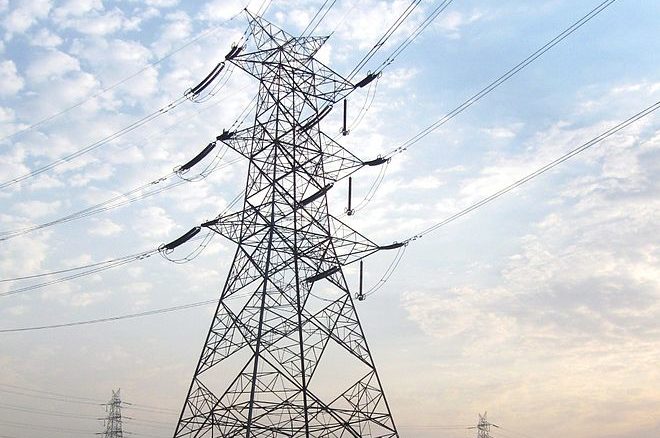From pv magazine International
Power electronics interfaced electricity generators such as solar PV or other renewables like wind offer some profoundly different electrical properties than fossil fuel generators. Network operators in some advanced markets have already stepped up, demanding from power electronics suppliers ever more advanced algorithms to maintain grid stability despite high PV penetration.
Market researchers IHS Markit issued a white paper titled “Grid stability: How PV inverters can help overcome challenges in the 21st century,” in which the analysts’ asset that inverter suppliers will need to equip their products with increasingly more functionality. Cumulative global PV capacity increased from 241 GW in 2015 to 758 GW in 2020, shifting the ratio of synchronous generation and power electronics interfaced generation so far that inverters are due for a set of technology updates.
In the leg ahead of the energy transition, technologies such as reactive power control, dynamic transient behavior, virtual power plants, vehicle-to-grid, and artificial intelligence will take center stage and enable PV to maintain stable grid supply.
To read more, please visit our international site.
This content is protected by copyright and may not be reused. If you want to cooperate with us and would like to reuse some of our content, please contact: editors@pv-magazine.com.









By submitting this form you agree to pv magazine using your data for the purposes of publishing your comment.
Your personal data will only be disclosed or otherwise transmitted to third parties for the purposes of spam filtering or if this is necessary for technical maintenance of the website. Any other transfer to third parties will not take place unless this is justified on the basis of applicable data protection regulations or if pv magazine is legally obliged to do so.
You may revoke this consent at any time with effect for the future, in which case your personal data will be deleted immediately. Otherwise, your data will be deleted if pv magazine has processed your request or the purpose of data storage is fulfilled.
Further information on data privacy can be found in our Data Protection Policy.